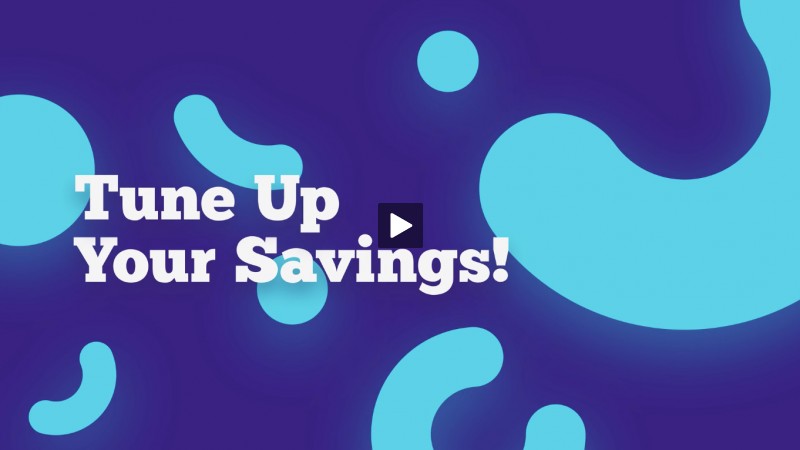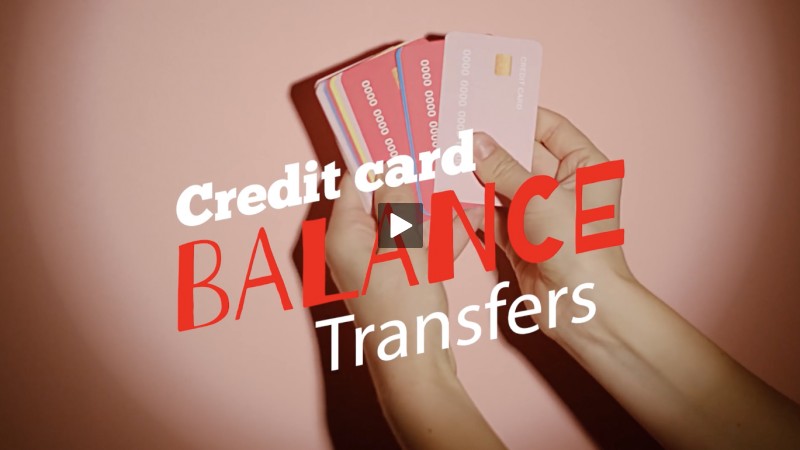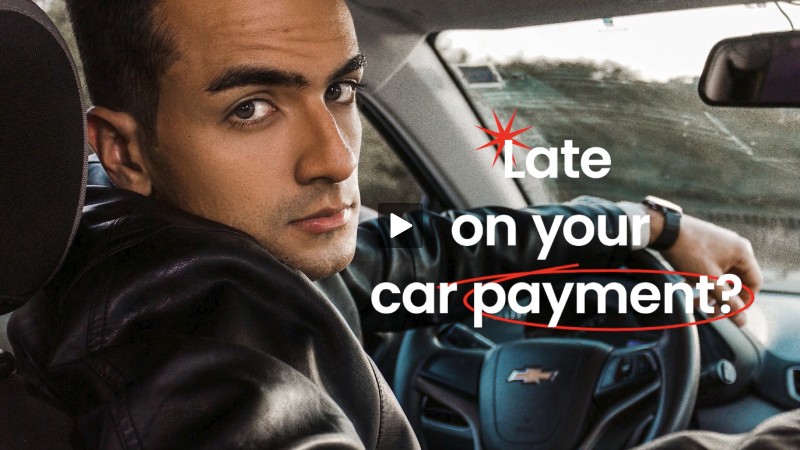Native Advertising: A Radical Shift in Advertising That Targets You
- Detalles
- Escrito por Will from Holland
- Categoría: Articles

"Native Advertising"—disguising a one-sided sales pitch to look like valuable information—has been around for decades.
Though advertisers may deny it, the hidden purpose of native advertising has always been pretty clear to FoolProof and many other consumer advocates: to trick you into accepting potentially faulty information as truthful information.
Consider it ambush advertising, if you will. And if you're not careful, we think it could be bad news for you.
Consider it ambush advertising, if you will. And if you're not careful, we think it could be bad news for you.
In past months, the billions of dollars spent on advertising was ultimately converted to native advertising campaigns. In 2016 virtually every advertiser—including about 72%* of the mainstream (news) sources such as The Washington Post, The New York Times, Gawker, Buzzfeed, AOL, etc.—will feature these hidden advertisements. It is evident that the money spent on this type of marketing, and the number of media sources offering native advertising will only rise.
The Impact on You
Native advertising is most likely already making an impact on you. FoolProof would guess that it is generally not a good impact. Do you:
- Buy products or services you don't want or need?
- Pay too much for a product or service?
- Buy junk rather than a quality item?
Why are advertisers and legitimate news sources moving to native advertising?
Statistics say that at least 30% of Americans consciously avoid all advertisements. And most of us are tired of being inundated with sounds, intrusive videos, banner ads, and more.
Pure advertising also comes with a lot of legal baggage for the advertiser; at times, they have to actually prove what they claim.
Native advertising normally takes care of both problems; you don't know you're reacting to an ad, and the advertisers don't have to prove a thing. The result? Happy advertisers and happy media!
And to many, native advertising is virtually inescapable.
-
Ever listen to local news? Radio and TV stations nationwide are now featuring "news" stories produced by companies with an axe to grind (would you trust a story on the benefits of a diet supplement if you knew the supplement manufacturer produced the story?)
-
If you look closely at the home page of your news or even email provider, you'll find native advertising there as well.
-
Even most magazines are filled with some form of "sponsored content."
Use Caution. Question Sellers. Rely on Research.
Is this evil? FoolProof doesn't begrudge advertisers or the media. But free enterprise provides a lot of leeway for advertisers and media to attack your pocketbook. Legitimate media, in particular, is starving for income.
But if they can attack, you need to know how to defend yourself. And that's where FoolProof comes in:
FoolProof's mantra is "Use caution. Question sellers. Rely on research." Starting right now, use our mantra to retrain your brain a bit. Here's how:
First, memorize our mantra. Then look carefully at the examples of native advertising below. Make sure you put our mantra to work in your everyday life:
- Every time you look at information—from any source—be careful.
- Question the source. Repeat: Question the source. (Even an article forwarded by and featuring one of FoolProof's board members was actually a native ad!)
- Do proper research if you're planning on making a decision that impacts your money or your welfare.
Some Examples
Here's a look at just a few of the hundreds of types of native advertising.
-
In-Feed Units
Most of the time, native advertising is a pretty clear giveaway. Look for text displayed as:- Sponsor/Sponsored content
- Branded content
- Paid for and posted by
The reference is usually at the top of the article. In addition, you may see a company's logo on top (or throughout) the article. Sometimes the ad can be hard to spot. Does "custom content" say "advertisement" to you?
Here are a few examples:

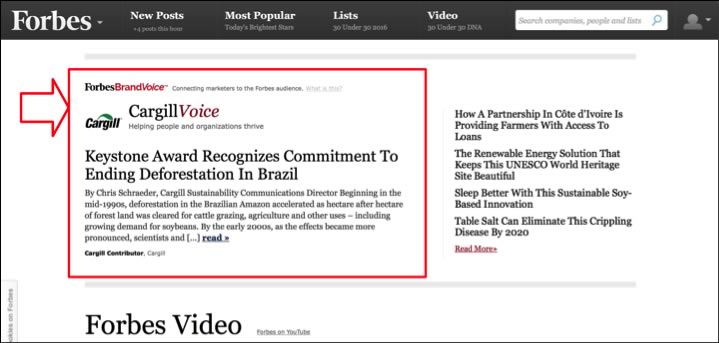
-
Recommendation Widgets
"Recommendation widgets" are auto-generated links at the bottom or sides of articles. You've seen them but probably never thought of them as links to advertising. They usually have a header that reads something like:- From around the web
- You may also like
- Recommended by
- Collected for you
- Read these next
Most (commercial) websites include these nowadays. The giveaway is that the link goes to a completely different website that you just came from. Do note that the giveaway may be in very small type!
Here are some examples:

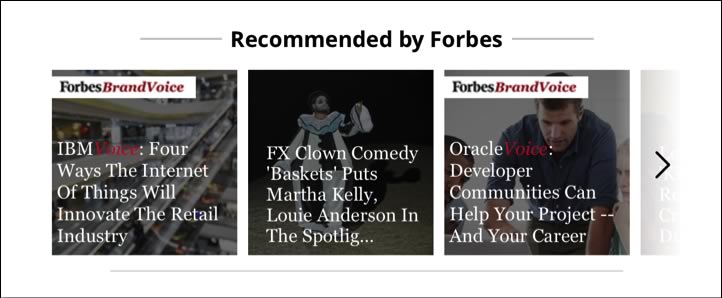
-
Social media
Native advertising is all over social media. Facebook, Twitter, Pinterest, and Instagram all have "promoted" posts. The idea is the same: to get you to click and (hopefully) buy. If anything, it's brand recognition.Here are a few examples:
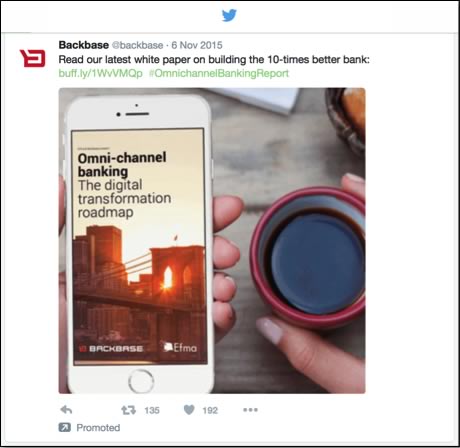
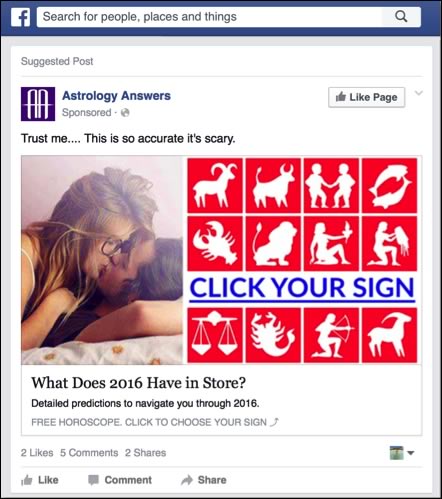
-
Native advertising in music & video
[Beware, commercials and native ads!] Have you seen the branded playlist on Spotify? Or have you heard the audio clips that play on Pandora® Internet Radio? And did you know videos can be used for native advertising too? The Onion has a whole in-house ad agency developing native advertising videos.
Now that we've covered how to identify native advertising and how it impacts you, it is up to you to be able to identify what is valuable information and what is advertising hype.
Good luck out there!
Cheers, Will
* Source: marketingland.com






















